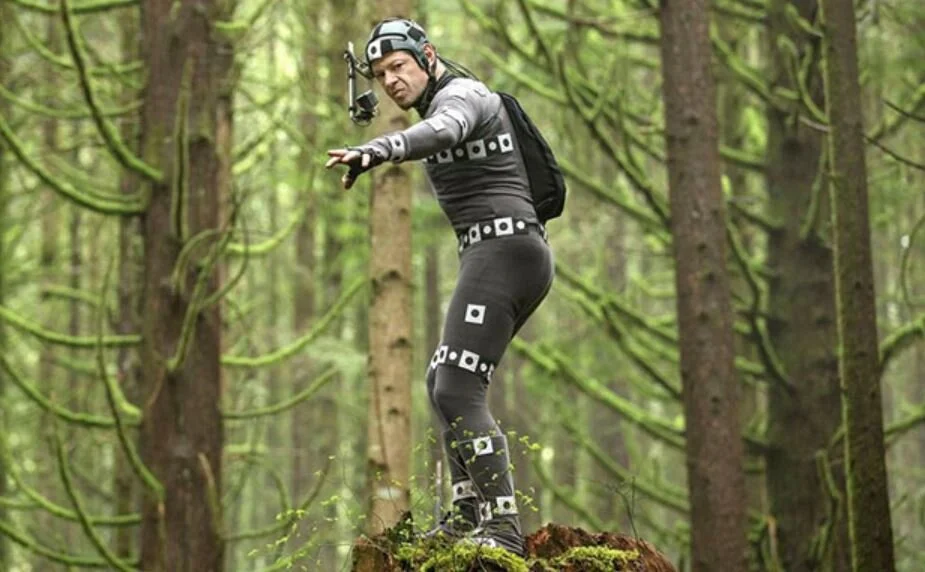More than 400 years after Shakespeare’s death, his works remain essential to theatre as we know it. Now, emerging technology is changing the way we interact it. From extended reality to artificial intelligence, audiences can now immerse themselves in performances and extract meaning from texts in ways never seen before.
Hologram Technology and its Application in Arts and Entertainment: Part 2
CGI and motion-capture technology have disrupted filmmaking in the past two decades, and there are no signs that this trend is in decline. In part one, the history of and technology behind CGI and motion-capture is explained in detail. That framework and information will be applied to this second part of the series, which examines how similar technology is leveraged in the “holograms” that have become more prevalent in live performances and museum spaces in the past few years.
CGI, Motion Capture, and the Commercialization of Celebrity Images: Part 1
Over the past twenty years, computer-generated imagery has become nearly ubiquitous in film and television productions. This ubiquity is due to enhanced computing power and higher resolutions coupled with increasingly lower costs. To understand how these technological advancements and their artistic applications in recent years are disrupting the industry, there are three key technologies that must be understood and disambiguated: computer-generated imagery (CGI), motion capture, and holograms. Of these three, CGI is the most foundational technology for the current state of production.








